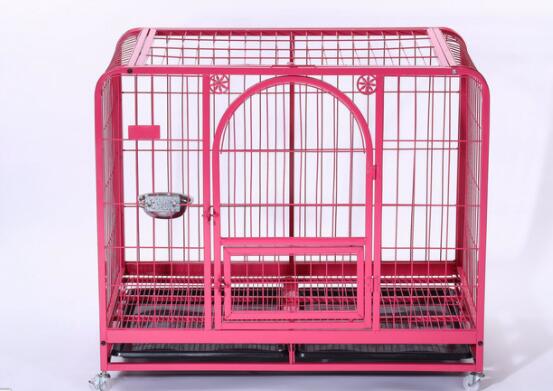Understanding Expanded Metal Standard A Comprehensive Overview
Expanded metal is a versatile material widely used in various industries due to its unique properties and applications. It is created by cutting and stretching a solid sheet of metal into a mesh-like configuration, resulting in a material that is lightweight yet incredibly strong. The expanded metal standard refers to specific guidelines and specifications that govern the manufacturing, dimensions, and performance of expanded metal products.
What is Expanded Metal?
Expanded metal can be made from a range of materials, including steel, aluminum, and other alloys. The production process begins with a flat sheet of metal that undergoes a series of cuts and is then expanded. This process allows the metal to maintain structural integrity while creating numerous openings or apertures within the sheet. The resulting mesh can vary in terms of its dimensional configuration, hole size, and thickness, thus making it suitable for a myriad of applications.
Applications of Expanded Metal
Due to its characteristics, expanded metal is utilized across various sectors. In construction, it serves as a safety barrier, reinforcement for concrete, and a decorative element for façades. The automotive and aerospace industries benefit from its lightweight nature, enhancing fuel efficiency without compromising strength. Additionally, expanded metal is commonly used in architectural applications for screens, grilles, and fencing.
The Importance of Standards
expanded metal standard

Standards play a crucial role in ensuring the quality and consistency of expanded metal products. They outline the specifications for manufacturing, including the size of the metal sheet, the gauge of the material, the size of the openings, and the overall thickness. Standards such as ASTM (American Society for Testing and Materials) and ISO (International Organization for Standardization) provide frameworks that manufacturers must adhere to in order to produce reliable and safe expanded metal products.
Benefits of Expanded Metal Standards
1. Quality Assurance Adhering to established standards guarantees that expanded metal products meet specific quality benchmarks. This is particularly important in safety-critical applications, where the failure of materials can lead to severe consequences.
2. Interchangeability Standardization allows for the interchangeability of products across different suppliers. This promotes competition in the market and provides buyers with a broader range of choices.
3. Performance Consistency By following recognized standards, manufacturers can ensure that their products perform consistently, which is vital in sectors like construction and manufacturing where reliability is paramount.
Conclusion
Expanded metal standardization is a significant aspect of manufacturing that helps maintain the integrity and performance of expanded metal products across various industries. As the demand for these materials continues to grow, understanding the standards that govern them becomes increasingly important. By adhering to these standards, manufacturers not only ensure the quality of their products but also enhance safety and reliability for end-users. Whether in construction, automotive, or decorative applications, expanded metal remains a preferred choice, thanks to its strength, lightweight, and adaptable nature. As industries continue to innovate and evolve, the importance of these standards will undoubtedly remain at the forefront of material production and application.

















